Content |
|---|
Characteristics "Little Lion Dog (Löwchen)"
Coexistence is important that you have with your new friend. Before considering the acquisition of a dog of the breed "Little Lion Dog (Löwchen)" you know certain factors. Not all breeds of dogs are apt to live in an apartment, you must take into account his character, their need for exercise, their interaction with other pets, their care and if you have small children, their level of tolerance towards them.
Adaptation ⓘ2.0 out of 5 stars (based on 1 review)
|
friendly dog ⓘ4.0 out of 5 stars (based on 1 review)
|
hair loss ⓘ3.0 out of 5 stars (based on 1 review)
|
|---|---|---|
Affection level ⓘ5.0 out of 5 stars (based on 1 review)
|
Need for exercise ⓘ3.0 out of 5 stars (based on 1 review)
|
Social need ⓘ4.0 out of 5 stars (based on 1 review)
|
Home ⓘ3.0 out of 5 stars (based on 1 review)
|
Toilet ⓘ3.0 out of 5 stars (based on 1 review)
|
Friendly with strangers ⓘ2.0 out of 5 stars (based on 1 review)
|
barking ⓘ4.0 out of 5 stars (based on 1 review)
|
Health ⓘ5.0 out of 5 stars (based on 1 review)
|
Territorial ⓘ4.0 out of 5 stars (based on 1 review)
|
Cat friendly ⓘ4.0 out of 5 stars (based on 1 review)
|
Intelligence ⓘ5.0 out of 5 stars (based on 1 review)
|
Versatility ⓘ3.0 out of 5 stars (based on 1 review)
|
Child friendly ⓘ5.0 out of 5 stars (based on 1 review)
|
Surveillance ⓘ3.0 out of 5 stars (based on 1 review)
|
joy ⓘ4.0 out of 5 stars (based on 1 review)
|
History
The origins of Little Lion Dog, also called Löwchen they are old and controversial. The most widespread theory places its origins in northern Europe (Germany, Belgium and France) and claims that he is related to the race “Poodle” Dwarf, while another theory places its origins in the Mediterranean regions of Spain and France and states that it is closer to the Bichon.
Some give it a much more exotic origin, claiming that it descends from dogs that came from Tibet via Russia: However, this theory seems unlikely and is most certainly due to a mispronunciation, since his name is sometimes pronounced “Low Chen” in the Anglo-Saxon world, what gives it Asian sounds. Another hypothesis based on linguistics claims that his name is not a reference to the king of animals, but to the city of Lyon, from which it would originate.
Although its origins are unclear, the truth is that the Little Lion Dog It was already a highly sought-after companion dog in the Middle Ages.. This animal with its characteristic fur appears in numerous paintings, engravings and tapestries from the 15th centuries, 16Th and 17TH. One of the first representations of the breed can be seen in France, in the cathedral of Amiens, built in the 13th century, where two little lion dogs are carved in stone, perfectly representative of the breed.
Its famous lion's mane shearing is linked to the values ​​of the aristocracy during the Renaissance. As the lion represents strength and courage, the men used the Little Lion Dog as a status symbol. As for women, they appreciated being able to warm their feet against their little companion's bare skin and spend time grooming him this way.
So that, it is this peculiarity relative to the animal's fur that is at the origin of its name, even if it is not natural.
In the 18th century, both the Earl of Buffon (1707-1788) in his famous Natural History as the Swedish naturalist Carl Linnaeus (1707-1778), known as Carl von Linné for his ennoblement and author of Systema Naturae, they described the Löwchen and highlighted its rarity.
The breed gradually declined during the 19th century, and it was rare in 1897, when Mr.. by Coninick, a breeder of Dieghem (Belgium), sold a bitch of Little Lion Dog white to young Madelaine Bennert (1876-1972), also from Belgium, who fell in love with this nice dog.
The two world wars were about to suppose the death of this race. But, in 1944, Madelaine Bennert vowed to save the Löwchen starting a breeding program. Found two females, respectively in Lille and in the Dieghem region, and then a male named Ulan. The first litter was born in 1948. Later, a new female named Sirginia joined the program, and Hans Rickert, a german vet, teamed up with Mrs. Bennert to relaunch the breed. The dogs they used and gave birth to are the origin of the Löwchen what we know today.
His efforts paid off in 1961 When the Fédération Cynologique Internationale (FCI) officially recognized the breed, designating France as your country of origin.
But, It was from Germany that the first specimens were exported to Great Britain in 1967 and then to the United States in 1971, which undoubtedly explains why this dog is now much better known with its Germanic name than with the French. But, at that time it was still a very rare breed: with less than 50 registered copies (half of them in Germany), was even designated “the rarest dog breed in the world” by the Guinness Book of Records.
While the British Kennel Club quickly recognized the Little Lion Dog (already in 1971), the Canadian Kennel Club (CKC), the American Kennel Club (AKC) and the United Kennel Club (UKC) they waited until 1994, 1995 and 1999, respectively, to give you full breed status.
Today, although it is still rare, the Little Lion Dog It is no longer an endangered breed and can count on a loyal fan base. The Löwchen is at the bottom of the popularity ranking in the United States (around the stall 170 of 190), but it enjoys a certain popularity in Britain, where some are registered 80 births per year. But, this figure tends to erode, since around 2010 I was well above 100. In France, the Livre des Origines Français (LOF) records an average of 70 new Löwchen per year, and the trend has been stable since the early 1990s. 2000.
Photo: Lowchen by Jappitoo, CC BY-SA 3.0, via Wikimedia Commons
Physical characteristics
The Little Lion Dog it is a small dog breed with a robust appearance and solid bones. His body is square in shape, as high as long, and her back is straight, like its front legs. The tail, placed just below the line of the back, it is carried high and curved.
The head of the Löwchen it is relatively wide and short, with a wide muzzle ending in a black nose. The big eyes, dark and round should be well positioned forward and express drive and intelligence. The ears are low set, at the height of the eyes, and they fall quite low.
The coat is long and silky, and consists solely of a dense, wavy top layer. It is important to know that the appearance of “Lion's mane” so typical of the breed is not natural, but it is due to the cutting of part of its fur. Although this is mandatory for individuals participating in dog shows, a Löwchen confined to the role of companion dog can perfectly keep its long hair on the whole body.
The breed standard allows all colors and color combinations, but the white, cream and black are the most popular.
Last, there is little sexual dimorphism in this breed.
▷ Male size: Of 25 – 33 cm.
▷ female size: 25 – 33 cm.
▷ Male weight: 5 – 7 kg
▷ female weight: 5 – 7 kg
Character and skills
The Löwchen has been used as a pet for many centuries, and is extremely loving and attached to his family. They love spending time with their owners, either playing with them or just lying next to them. This attachment makes it a breed of dog that does not tolerate loneliness well.: if left alone frequently for several hours at a time, you are likely to suffer from separation anxiety. This can lead to excessive barking., scratches on the door or even destructive behavior.
Rather distrustful, the Little Lion Dog not very sociable with strangers, those he greets with barks. But, They accept them quickly once they realize that they are friends of the family and that they too get their share of attention.
Playful dog, he likes to have fun with the children he knows, but he is less receptive to those he does not know. As with all dogs of any size, should not be left alone with young children, especially if one or more of them are unknown.
Used to getting all the attention from your family, to the Little Lion Dog does not particularly like to share his home with other animals, whether they are companions or representatives of other species. On the other hand, accepts perfectly those with whom he has grown up and whom, Therefore, consider part of the family, although there is a risk that rodents will one day awaken their hunting instincts.
Regardless of its small size, not afraid to provoke other dogs much bigger than him, without being aware of the danger. So, a certain vigilance is necessary during walks, and particularly during encounters with unfamiliar dogs.
Despite the tendency to bark when he hears or sees something out of the ordinary, what can cause neighborhood problems, fits very well in apartment living, as long as you walk at least 20 minutes a day. But, to prevent something bad from happening to you, it is better that this walk be done on a leash. It also, if you have access to a garden, make sure that the latter is perfectly closed, since wandering the big world alone is quite risky for him, in particular because of its small size and its tendency to attack those bigger and stronger than it.
Intelligent, affectionate and endearing, the Löwchen it does not take long to win the hearts of his family, that you may even end up realizing that you have adapted your lifestyle to that of this new member, reserving your favorite spot on the couch or matching your bedtime and waking time with theirs. Many owners admit that “belong” to your Little Lion Dog… but they are absolutely delighted with him.
Curious and sometimes stubborn, this little bundle of joy is sure to delight singles and large families alike. He knows how to make himself loved and fills the lives of those who have time to dedicate to him, but his place is as close to his master as possible: does not about, for example, to make him spend the nights in another place that is not inside the home.
In short, although their barking and possible difficulty learning grooming can cause difficulties, his affectionate character, His obedient nature and unlimited attachment make him an ideal companion dog - as long as you have time to dedicate to him., and this even without experience. It is undoubtedly a good option for a first dog to adopt.
Education
The socialization of Löwchen should be started at an early age, so that it is perfectly balanced in adulthood. In addition to meeting all the members of his family (including other animals in the house), you must get used to all the stimuli and situations that you may encounter later: other people and animals, vehicles, city ​​noises, etc.
Cleaning training should also be undertaken as soon as you arrive at your new home., at the risk of never being able to correct the bad habits acquired. It is important to take him out as often as possible to relieve himself outside and be vigilant when he is inside, to identify the places you have chosen as toilets.
Another aspect that must be worked on as soon as possible is that of barking, since the Little Lion Dog tends to bark more than it should. Good socialization and work at this level as part of your education can quickly solve this problem.. As such, an inexperienced owner may need the help of a professional dog trainer.
But, this dog is smart and learns quickly. His desire to please his owner makes him an easy dog ​​to train, even without much experience. With a little patience, a beginning owner can teach you all the basic commands, as “Sit down” and “below”, and even go further in his education teaching him more advanced tricks.
It also, if he can have the vocation to participate one day in a dog show and then he will have to raise a lion's mane skin, it is necessary to accustom your partner to shearing when he is still a puppy, so that from then on you will not be afraid of these grooming sessions.
Being a very emotional dog, the Löwchen can be traumatized by traditional dog training methods. It is advisable to use the positive reinforcement method, rewarding good behavior with lots of caresses, affection and treats.
Health
Thanks to the rigorous breeding program carried out in the years 70, the Löwchen it is a very robust breed of dog, who is normally immune to serious inherited diseases, as long as, of course, a breeder of Löwchen responsible.
The most common health problems of this dog are:
- Canine eye diseases, like the falls, progressive retinal atrophy or distichiasis, a condition that causes hair to grow on the inside of the eyelids and can be surgically corrected;
- Hip Dysplasia;
- Patellar dislocation;
- congenital deafness, a relatively rare problem outside certain lines.
12 to 14 years
Grooming
The Little Lion Dog requires some maintenance effort. In fact, although she changes very little, if it does (which often makes it a recommended dog breed for allergy sufferers), it is recommended to brush it every two or three days to keep its beautiful coat in good condition and avoid knots, that are as unsightly for their owner as they are uncomfortable for him. It is also useful to bathe him about once a month, taking care to use a specific shampoo for dogs.
When brushing your dog's hair, check your eyes and ears to make sure they are clean and not at risk of infection.
It also, how he usually spends most of his time indoors, natural wear and tear on the nails is seldom enough, so it is necessary to trim them regularly to avoid embarrassment or even injury.
Any owner who wants their dog to participate in dog shows should plan to take their companion to the groomer every two months or so, so that you can show off the beautiful mane so typical of the breed. But, it must be remembered here that the dog's coat allows him to conserve heat: if you live in a cold region, shaving it in winter is not necessarily ideal…
Utility
The Little Lion Dog has always been a companion dog, and this is still its main function today: be with your family and bring them love and happiness.
But, can also be useful as an alert dog, barking at the approach of a stranger. Brave, does not hesitate to defend his family, but its size does not allow it to play the role of watchdog.
They can also be trained to be admirable athletes in obedience and agility competitions..
He is also a regular at dog shows, where fans can admire the most beautiful specimens of the breed.
Last, his cheerful and optimistic demeanor allows him to be used as a therapy dog.
Images "Little Lion Dog (Löwchen)"
Photos:
1 – Little Lion Dog by https://pixabay.com/es/photos/perro-lowchen-löwchen-paja-1330537/
2 – Basil Smile (un perro de Löwchen, Ch Taywill Brillant Roman Basilia) mostrando su rostro by John M. P. Knox from Austin, USA, CC BY-SA 2.0, via Wikimedia Commons
3 – Lowchen by Jappitoo, CC BY-SA 3.0, via Wikimedia Commons
4 – Adult Lowchen Gaiting by Jk9dat, CC BY-SA 4.0, via Wikimedia Commons
5 – This is a 9 month old Lowchen puppy by Jk9dat, CC BY-SA 4.0, via Wikimedia Commons
6 – Lowchen-10-Ch-Boondock Musicbox Don’t Roll Those Eyes At Me! 02 by Petful
Videos "Little Lion Dog (Löwchen)"
Type and recognitions:
- FCI CLASSIFICATION:
- Group :
- Section : . .
Federations:
- – FCI – Group 9: Companion and Toy Dogs – Section 1.3: Little Lion Dog ⓘ
- – AKC – Non-Sporting ⓘ
- – ANKC – Group 1(Toys) ⓘ
- – CKC – Group 6 (Non-Sporting) ⓘ
- – KC – Toys ⓘ
- – NZKC – Toys ⓘ
- – UKC – Companion Breeds ⓘ
FCI breed standard "Little Lion Dog (Löwchen)"
Alternative names:
1. Löwchen (English).
2. Löwchen (French).
3. Petit chien lion (German).
4. Löwchen (Portuguese).
5. Löwchen (español).
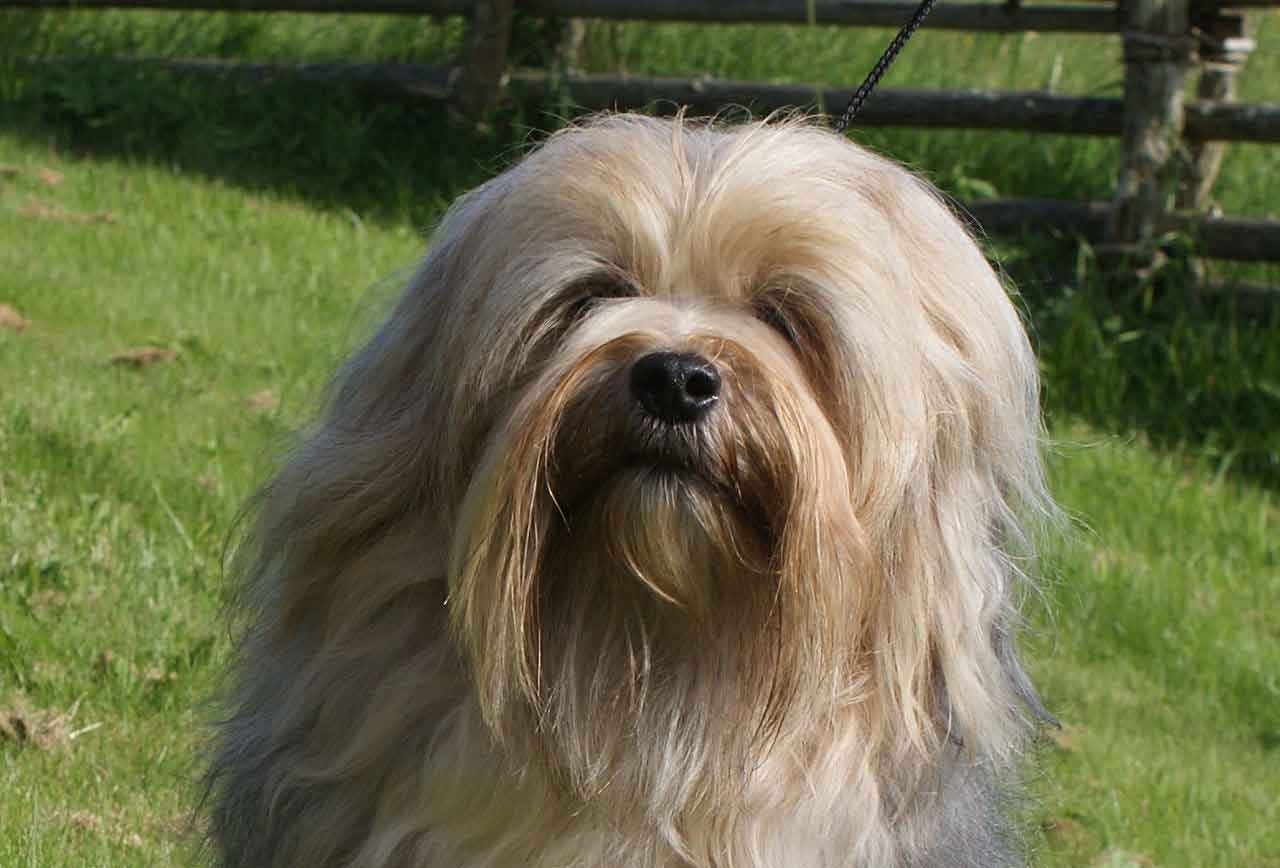
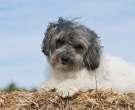
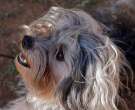
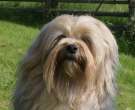
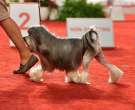
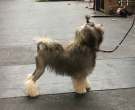
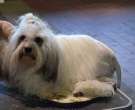
 The little lion dog
The little lion dog Hogan the Lowchen Plays Fetch
Hogan the Lowchen Plays Fetch Lowchen puppies at 12 weeks old
Lowchen puppies at 12 weeks old Lowchen – Top 10 Facts
Lowchen – Top 10 Facts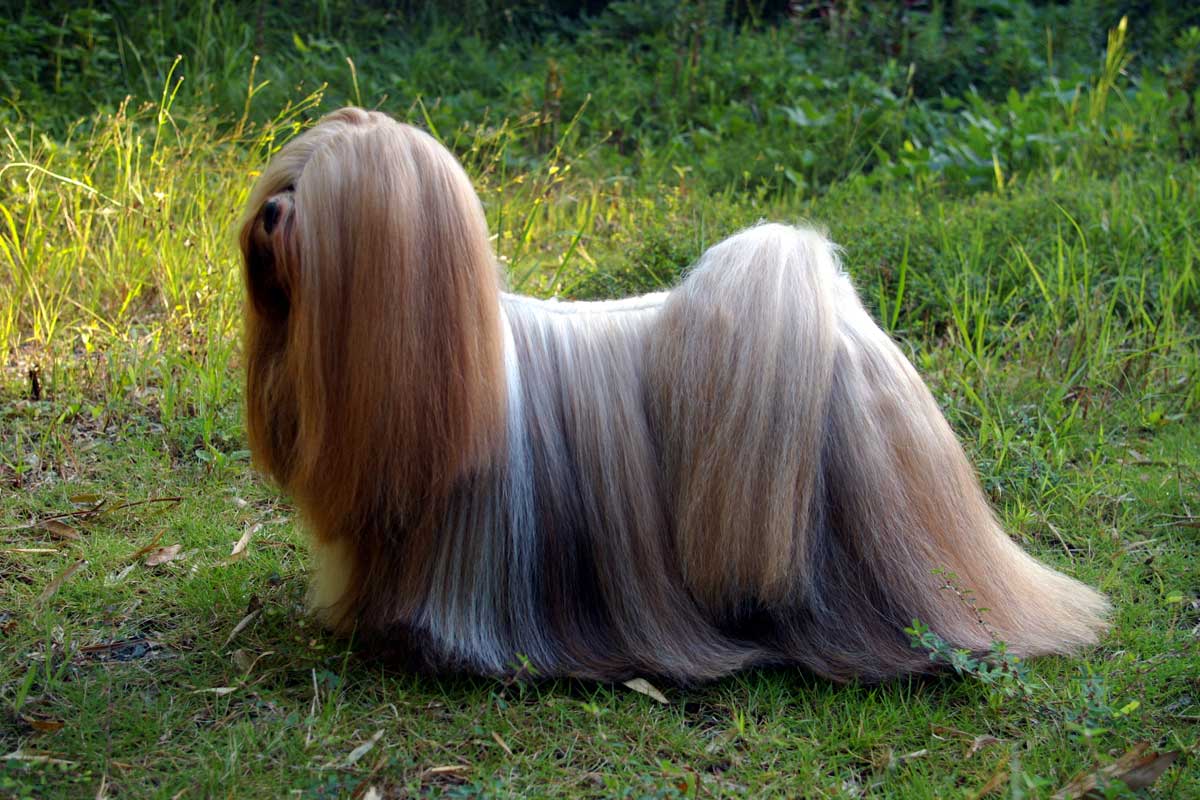
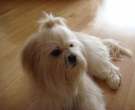
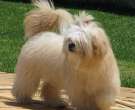
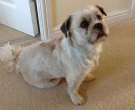
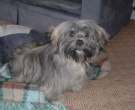
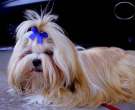
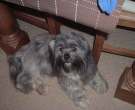
 Lhasa Apso – Breed of dog
Lhasa Apso – Breed of dog Lhasa Apsos | Breed Judging 2020
Lhasa Apsos | Breed Judging 2020 Grooming Guide – Lhasa Apso Pet or Salon Trim – Pro Groomer
Grooming Guide – Lhasa Apso Pet or Salon Trim – Pro Groomer Crufts 2012 – Best of Breed Lhasa Apso
Crufts 2012 – Best of Breed Lhasa Apso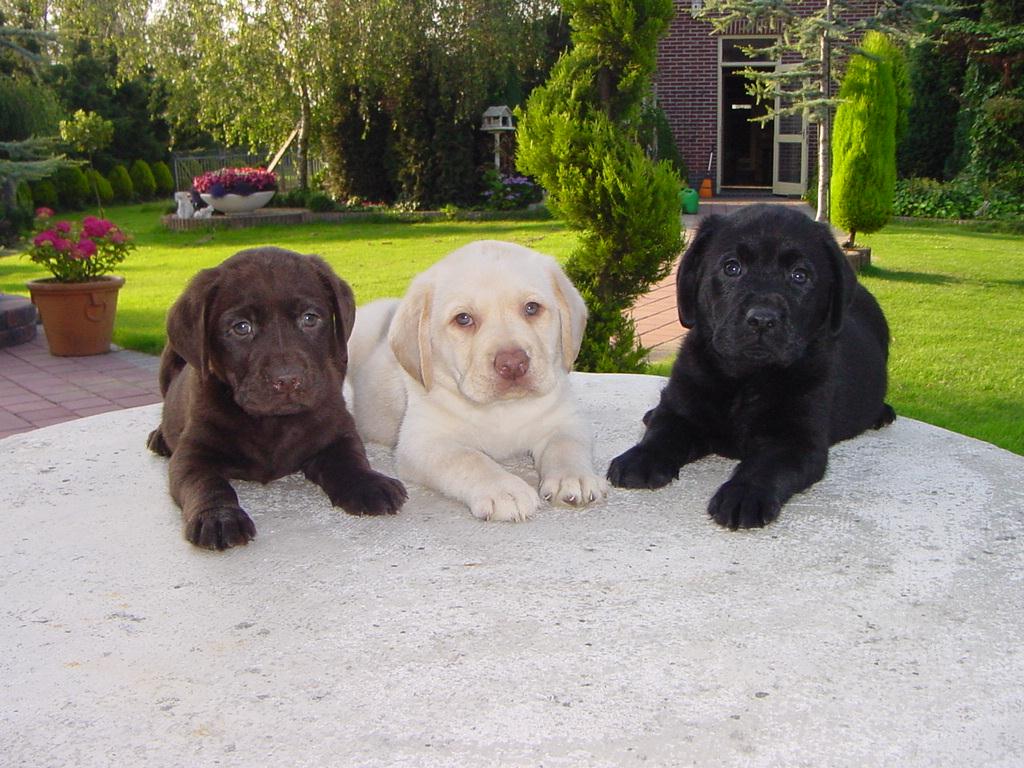
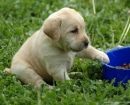
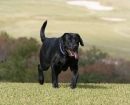
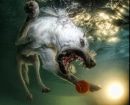
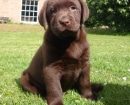
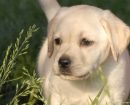
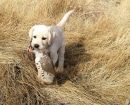
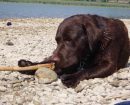
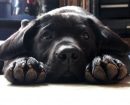
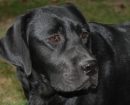
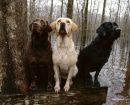
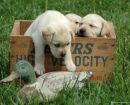
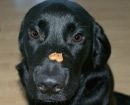
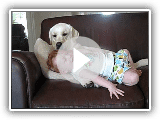 If you like cute dog & baby stuff, you’ll love this….
If you like cute dog & baby stuff, you’ll love this….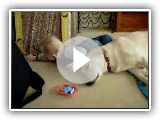 Best friends
Best friends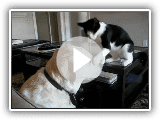 Cat and Dog Play Fighting
Cat and Dog Play Fighting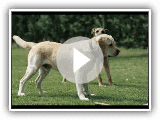 Labrador retriever
Labrador retriever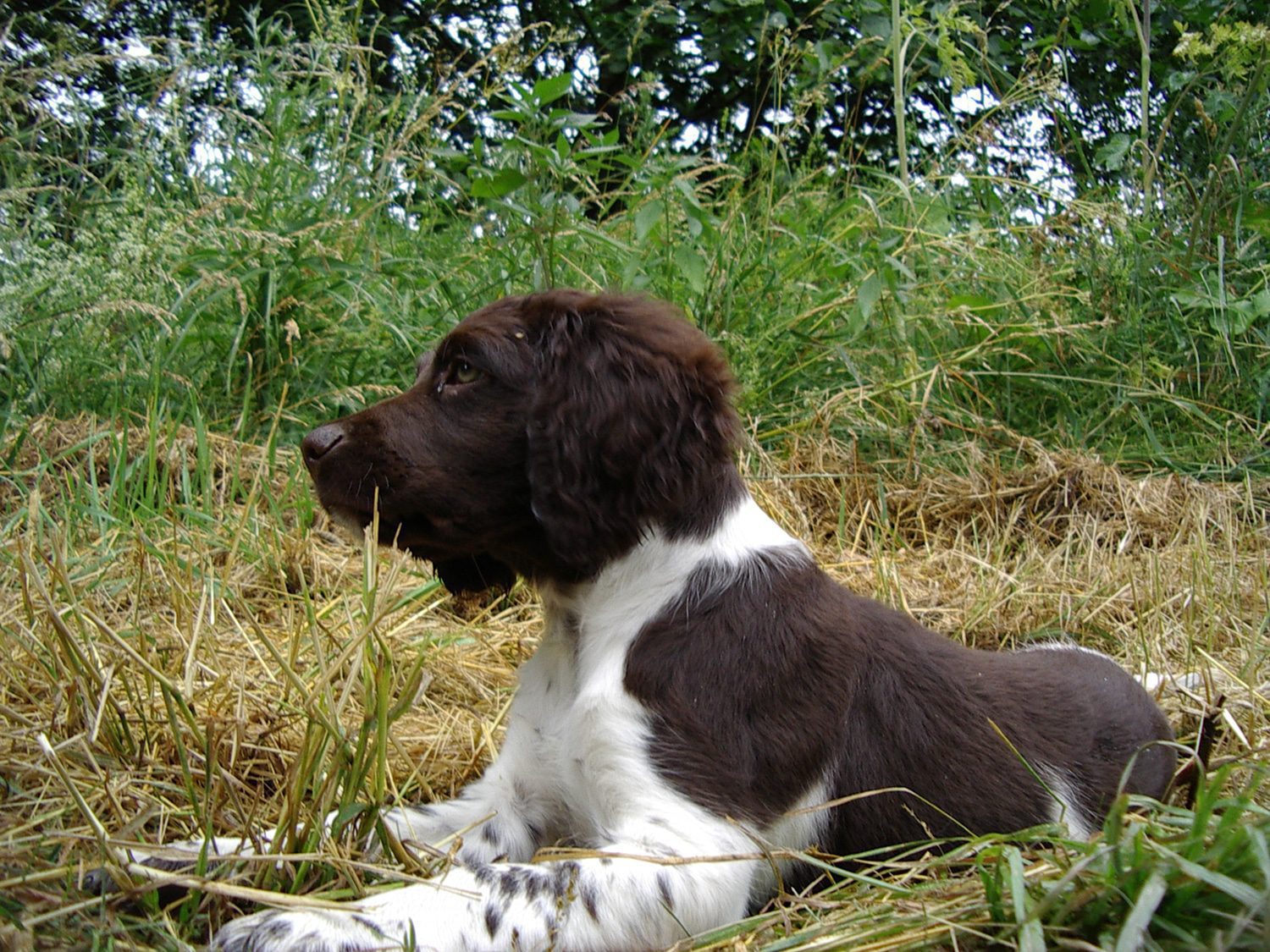
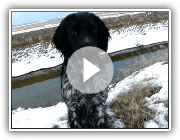
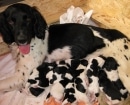
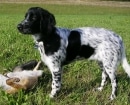
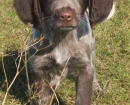
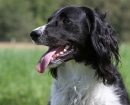
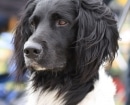
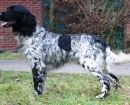
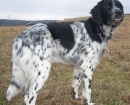
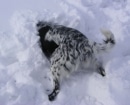

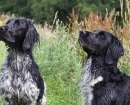
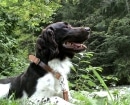
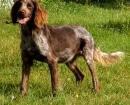
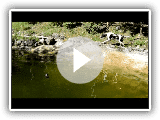 Aramis – Large Munsterlander – Sprung
Aramis – Large Munsterlander – Sprung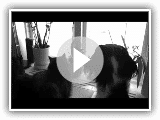 Asto the Large Munsterlander playing with Atlas the cat
Asto the Large Munsterlander playing with Atlas the cat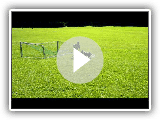 Aramis – Large Munsterlander – Stock & Ball
Aramis – Large Munsterlander – Stock & Ball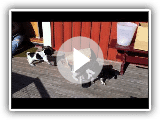 Large munsterlander pups playing in the sun
Large munsterlander pups playing in the sun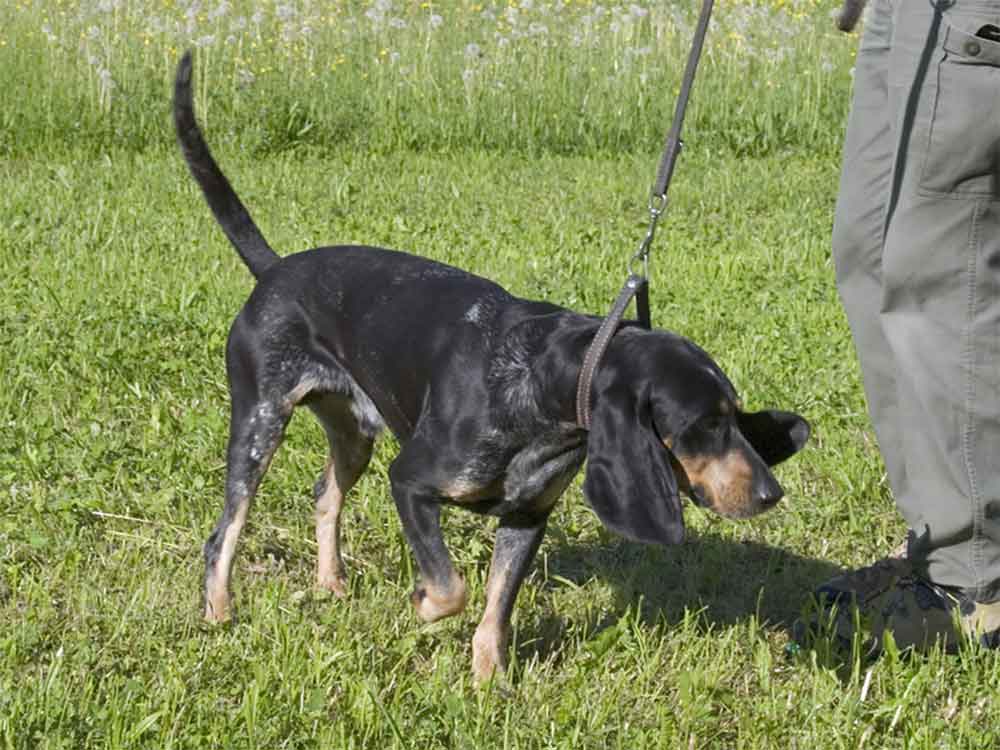
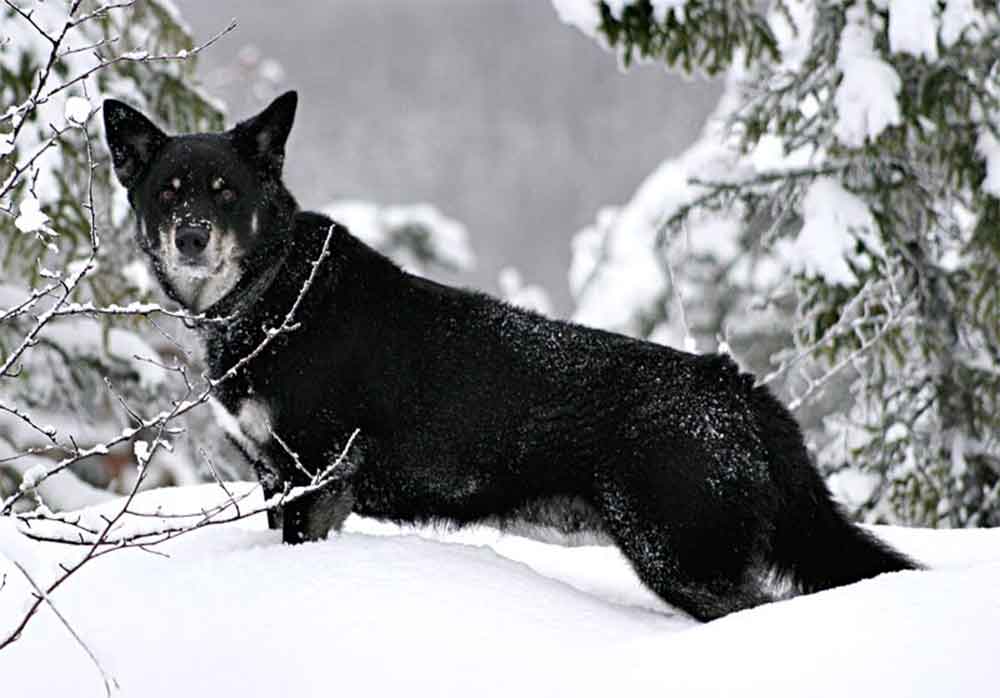

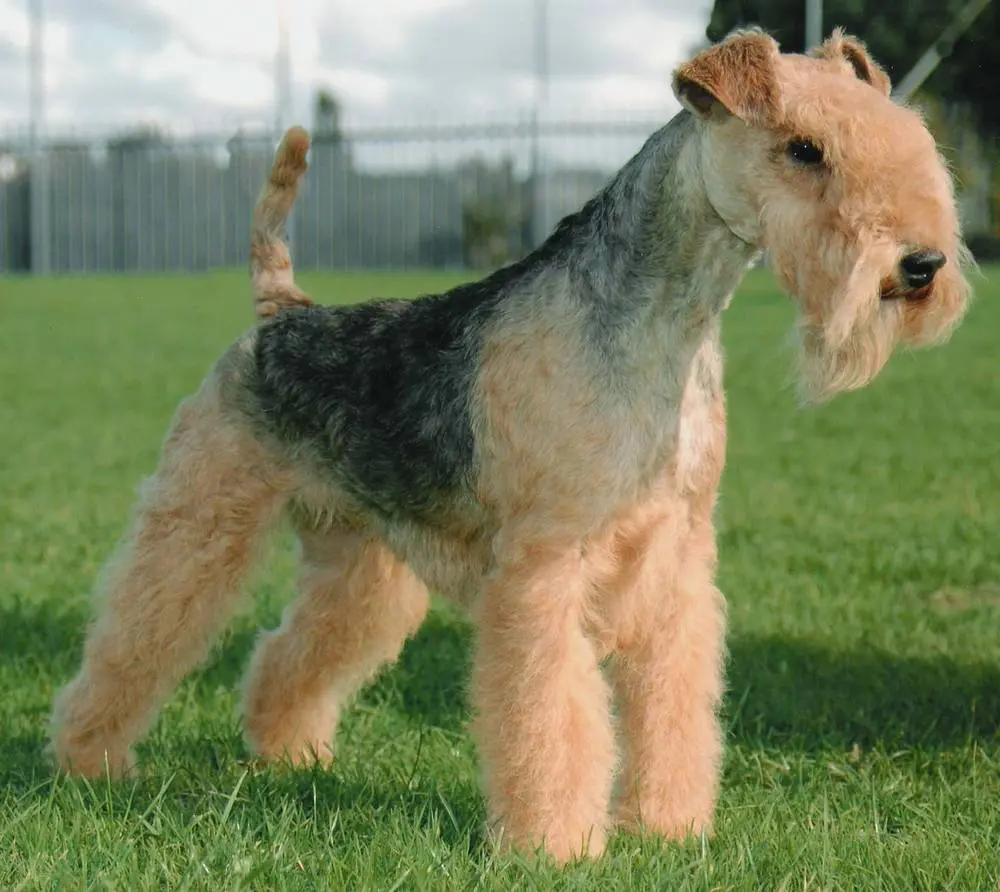
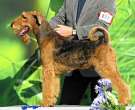
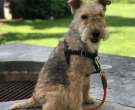
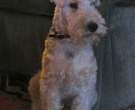
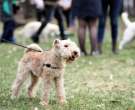
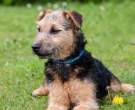
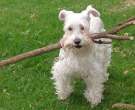
 Lakeland terrier – Dog Breed
Lakeland terrier – Dog Breed Dog breeds, Lakeland Terrier
Dog breeds, Lakeland Terrier Lakeland Terriers | Breed Judging 2019
Lakeland Terriers | Breed Judging 2019 Lakeland Terrier puppies
Lakeland Terrier puppies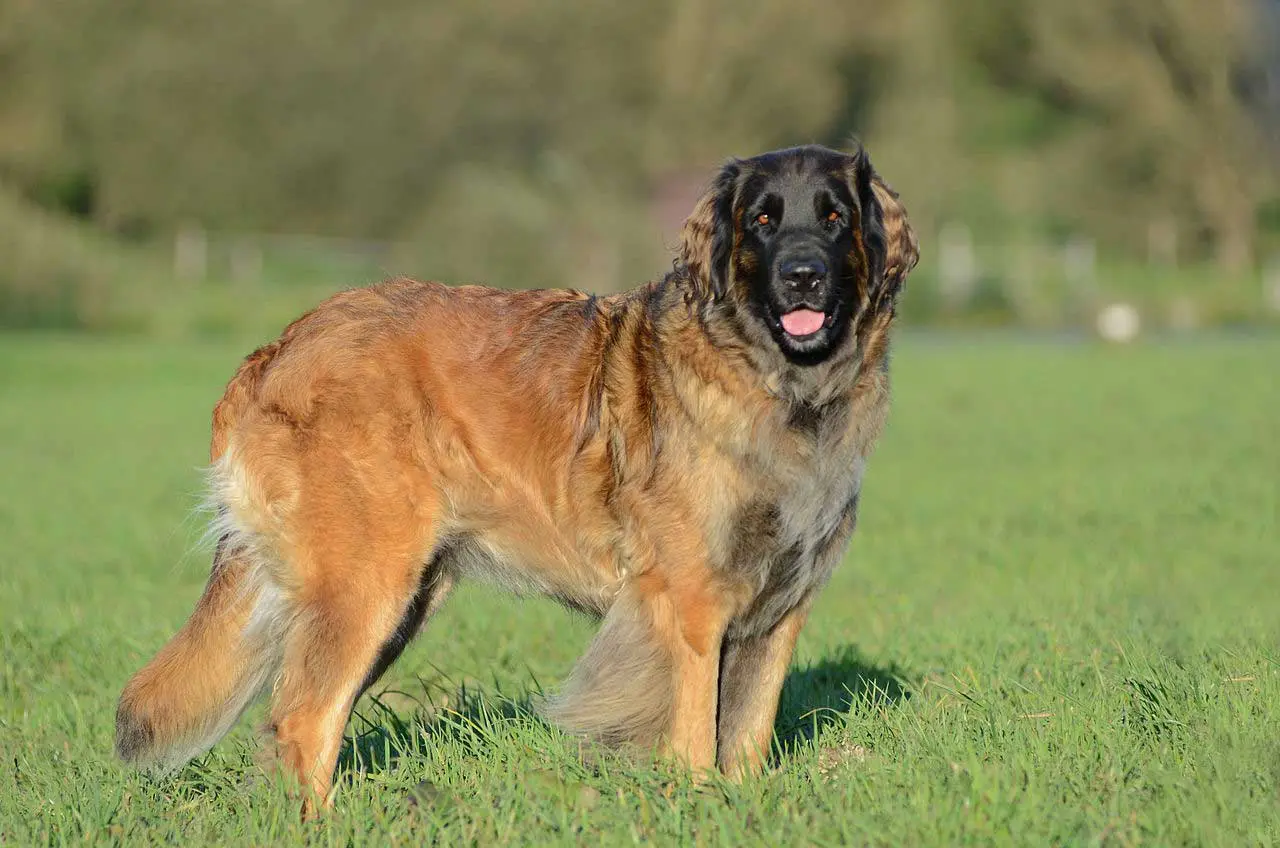
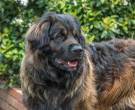

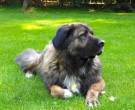
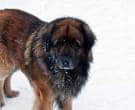
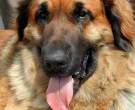
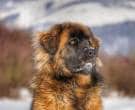
 Baby vs Leonberger | Leonberger playing with a baby
Baby vs Leonberger | Leonberger playing with a baby Leonberger XVI Spanish Monograph of the Leonberger CAC 2011
Leonberger XVI Spanish Monograph of the Leonberger CAC 2011 Leonberger – Breed of dog
Leonberger – Breed of dog Leonberger puppy 2016
Leonberger puppy 2016